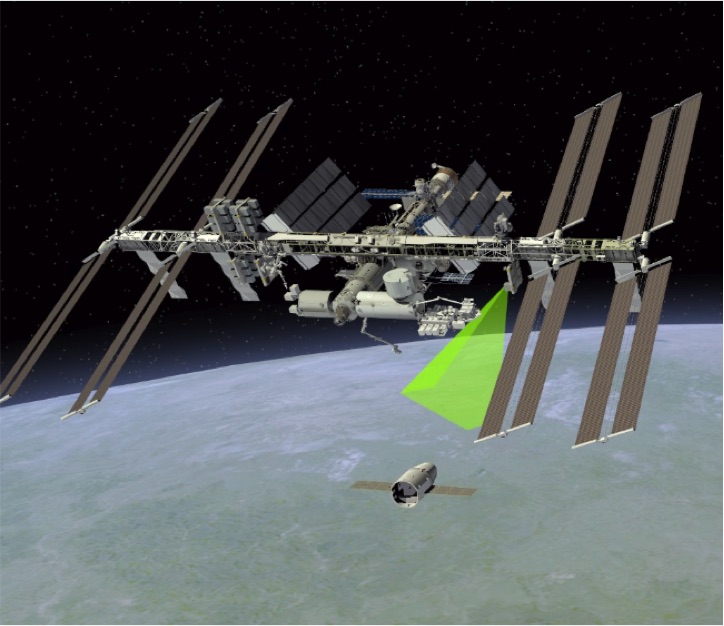NASA's About to Launch a 'Three-Eyed' Raven Into Space

NASA's Raven technology module is heading to space on SpaceX's next Falcon 9 rocket launch, currently scheduled for Saturday (Feb. 18). Once there, it will perch outside the International Space Station to track vehicles docking with the station, collecting data for future autonomous rendezvous with orbiting spacecraft. The technology could allow researchers to repair, refuel and relocate aging satellites.
Starting with NASA's pre-Apollo Gemini spacecraft, two of which rendezvoused together in orbit, many spacecraft have successfully rendezvoused and docked while on the move in space — but almost always with a human in the loop, orchestrating the movements. In contrast, the Satellite Servicing Projects Division at NASA's Goddard Space Flight Center hopes to automate this process, allowing for spacecraft to autonomously "catch up" to others and dock — even with satellites that are not designed to be approached.
"Of the 5,000 or so spacecraft that have launched since the dawn of time, the vast, vast majority were not designed to be rendezvoused with or docked to in orbit," Ben Reed, the division's deputy director, said during a news conference Feb. 8. "Those are the satellites that we are developing technologies for." [Raven Space Tech to Boost Autonomous Rendezvous (Video)]
Evoking the three-eyed raven popularized in the "Game of Thrones" TV series (it was a three-eyed crow in the books), NASA's Raven module will focus three different sensors on the approaching spacecraft: visible, infrared and lidar.
This suitcase-sized new technology will ride up in the depressurized "trunk" of SpaceX's Dragon cargo spacecraft, and five days after Dragon's arrival at the space station, it will be unloaded by the station's Dextre robotic arm and installed outside. Using data gathered and technology tested with Raven, the researchers hope to build a machine vision system capable of guiding a spacecraft to rendezvous with another.
Raven will feed its measurements in real time to a processor, which will swivel the module to continue to track the incoming vehicle, NASA officials said in a statement. The module will operate on the station for two years, refining the sensors, machine vision algorithms and processing needed to keep tabs on the incoming craft.

The autonomous tracking capabilities developed will be useful in the near future, NASA officials said — for instance, in the Restore-L mission to refuel the orbiting Landsat 7 satellite, which is set to launch in 2020.
Get the Space.com Newsletter
Breaking space news, the latest updates on rocket launches, skywatching events and more!
"The first era of space exploration has been dominated by satellites serving one function and being done," Reed said during the news conference. "The next era that we are bridging into now is going to be, in our view, dominated by missions where you have satellites being upgraded, being serviced, being refueled, being relocated, being assembled in orbit."
You can watch SpaceX's launch webcast live here Saturday, courtesy of NASA and SpaceX. On Friday, NASA will webcast a series of press conferences on the mission, its cargo and the history of Launch Pad 39A.
Email Sarah Lewin at slewin@space.com or follow her @SarahExplains. Follow us @Spacedotcom, Facebook and Google+. Original article on Space.com.
Join our Space Forums to keep talking space on the latest missions, night sky and more! And if you have a news tip, correction or comment, let us know at: community@space.com.

Sarah Lewin started writing for Space.com in June of 2015 as a Staff Writer and became Associate Editor in 2019 . Her work has been featured by Scientific American, IEEE Spectrum, Quanta Magazine, Wired, The Scientist, Science Friday and WGBH's Inside NOVA. Sarah has an MA from NYU's Science, Health and Environmental Reporting Program and an AB in mathematics from Brown University. When not writing, reading or thinking about space, Sarah enjoys musical theatre and mathematical papercraft. She is currently Assistant News Editor at Scientific American. You can follow her on Twitter @SarahExplains.









